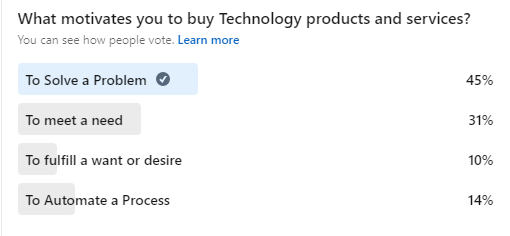How to Be a CMO and Build Out Marketing

The role of CMO needs to focus on more than just marketing to increase sales as seen in this chart.

Image via http://blog.marketo.com/2007/04/are_you_a_cmo_o.html
To have success in the CMO role, you need to: get executive buy in on authority and the ability to make changes, otherwise you are doomed to fail.
Brand Message and Content Marketing
From a brand stand point, the brand messaging need to be in alignment. It should not take a genius to understand what your product does and how it will help the customer. To achieve this goal, you need to do the following: Audit, understand and improve Brand message, voice, sales, marketing collateral, print and digital properties.
Do the above before starting a content marketing program if the organization sells products because you will need to build and create a content tilt to be found by customers in search.
Developing Sales Processes and Shortening the Sales Cycle
Sales Managers hired; should train sales staff properly and hold Reps accountable to hit Revenue Goals. If you are tasked with creating/building out the marketing function of the organization, make sure that support staff are trained by the Sales Manager to handle inbound leads. Sales staff should be trained on objection handling, prospecting, product knowledge, making Sales, post Sales follow up and obtaining repeat business.
SMarketing
Have marketing partner with Sales. Go on Sales calls to understand customer objections /pain points to improve messaging and product. The goal of any Sales and Marketing program is to shorten sales cycles and increase Revenue.
Defining Your Target Market and Sales Channels
Audit, understand, and improve the sales structure of the organization, sales operations and sales processes. Define Sales Rep territories, compensations and commission structure using analysis that includes data from customer acquisition costs and ROI.
Decide if you will sell your product directly to customers or through re-sellers. Some companies do both.
Sales Management/Sales Reps
Hopefully if there is Sales Leadership at the company when you arrive, this will be handled. If no Sales people are present, start this process yourself and hire a seasoned rep or Manager from a larger competitor. If Sales leadership is there but has not done the above, give them a Sales Leadership improvement plan, look for a seasoned replacement and fire them. This applies to Sales Reps as well.
Market Research
Understand customers and buyer behaviors.
Share buyer personas and research with the sales staff.

image via smartdraw.com
Have sales staff complete a competitive analysis on how your company stacks up against your competition in the marketplace.
Product Development
Use Market Research to collaborate with product to come up with ideas for new products, features, promotions and pricing strategy.
Crossing the Chasm and Selling into New Markets

image via http://4.bp.blogspot.com/
Identify new markets to sell into. If Sales are stagnant, find a way to get in front of your customers before they become customers by using pricing in a crossing the chasm style analysis.
Proving you’re a CMO
Position marketing a source of revenue rather than a cost by putting marketing at the center of the organization. Showing how marketing can make an impact on the income statement beyond increasing sales. Show how marketing makes the organization run better.
Talent Branding
Improve the talent brand by creating a job site with employee stories. This job site will increase the amount of applicants and reduce recruitment advertising costs. Write more appealing job descriptions.
Attempt to make the organization the company of tomorrow by making it cross functional.
Company Revenue and Financials

https://www.pinterest.com/explore/churn-rate/
Ask about the financial health of the company i.e. Churn rate, burn rate, Profitably, funding etc…
Ask the CEO about cash flow and if they can commit large amounts of cash to developing/executing marketing programs.

image via http://www.accountingcoach.com/financial-ratios/explanation/4
Data Driven Decisions
Above all, CMO’s need to use Data from Financials, Sales, Revenue and Analytics to make marketing decisions. The Data needs to be used continuously to justify marketing decisions and to pivot when marketing programs are not working.
The duties of the CMO will vary by industry and company size but these are the basics that a CMO must do to be successful.
What do you think makes a successful CMO? Comment and Share.
About the Author
Dan is passionate about using Marketing to help businesses drive sales. HubSpot Certified in Inbound Marketing, Dan has worked on various marketing assignments including Start Ups, a Political Campaign & a Digital Marketing Conference.
Prior to teaching, Dan served customers as an Outside Sales & Marketing Rep in NYC. In this role, he taught & trained Dentists on the company’s products & services using a consultative selling approach combined with direct marketing. He also supported the company’s marketing efforts at industry trade shows.
He writes & publishes a business blog on the topics of Sales, Marketing & Social Media entitled Sales, Marketing & Social Media Today; which has grown to over 16,000 followers on LinkedIn & over 11,000 on WordPress.
Dan is seeking a full-time marketing role in Direct, Inbound, Digital, Content & Social Media Marketing. He is willing to be a CMO to create and build out the Marketing function of your organization if it does not exist. If your company is hiring for roles in these areas, contact him directly via a free LinkedIn Message or email him at Dan@DanGalante.com to set up interviews.




